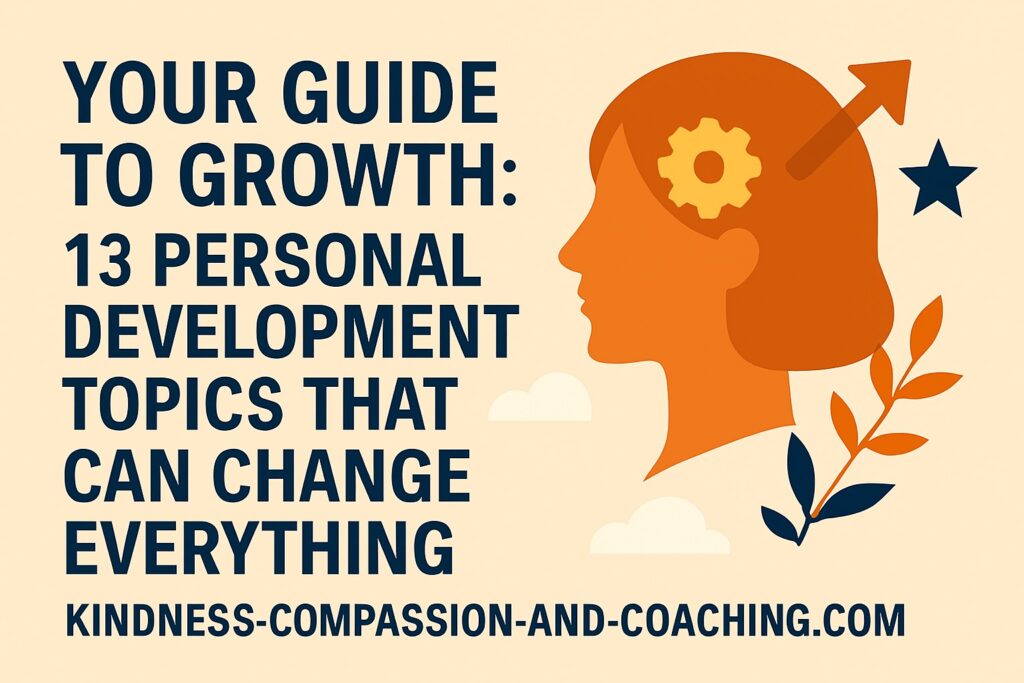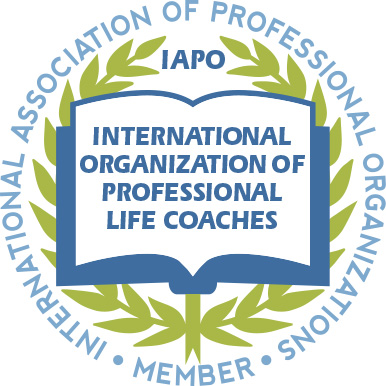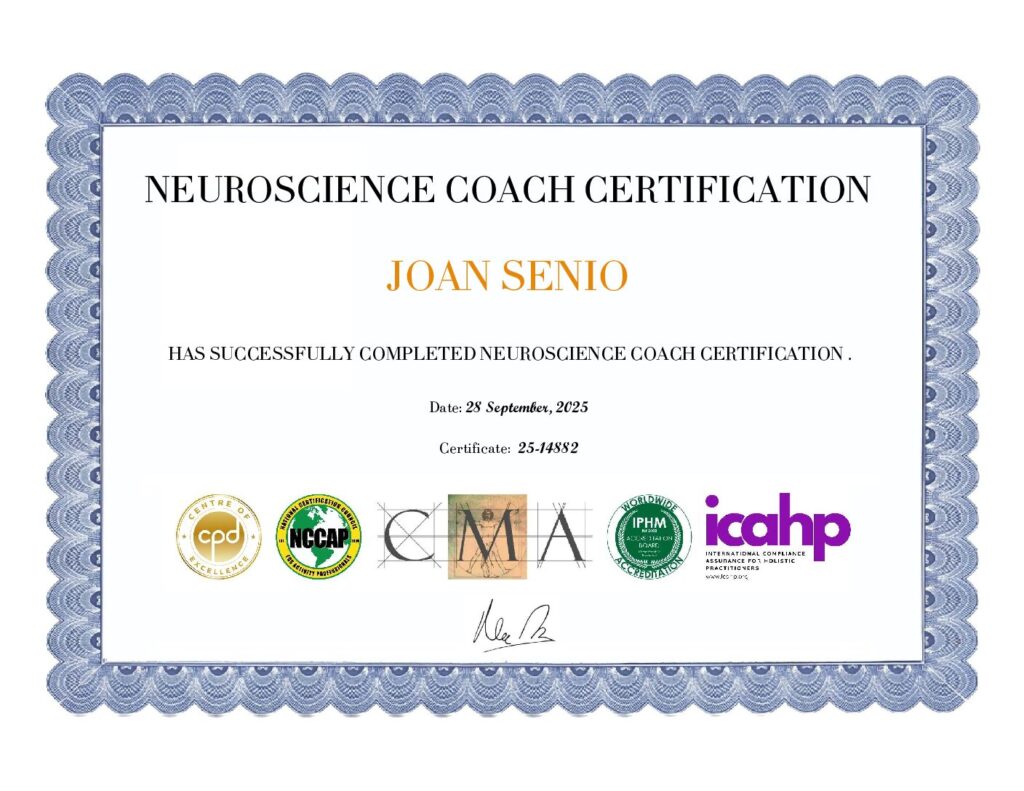Leadership: How to Solve a Global Crisis Now
Current statistics reveal a sobering truth: a staggering number of organizational change efforts and business initiatives are floundering. They are faltering and failing under lackluster and ineffective leadership. This is resulting in significant missed opportunities for growth, innovation, jobs, and prosperity across many industries. The times we live in are more dynamic than ever. A lack of effective leadership and an inability to pivot, adapt and thrive will be a death-knell to many formerly successful organizations. The world can’t afford a generation of leaders ill-equipped to manage through adversity and challenging times despite significant investments in professional and leadership development programs.
Today, we propose a new approach to professional development that will provide powerful, targeted, rapid results and help to replenish any organization’s leadership pipeline.
The Problem: An Unprecedented Leadership Shortage
The world is at a critical juncture. As we grapple with a dire shortage of leaders who possess the vision, skills, experience, and resilience to spearhead and drive sustainable, rapid change, global challenges mount, and economic and environmental complexities deepen. The need for forward-thinking, adaptable, competent leaders has never been more urgent.
From climate crises to socio-economic disparities, the issues demanding innovative solutions and bold decision-making are multifaceted and interconnected. The vacuum of leadership capable of driving change is increasingly evident:
- Development Dimensions International (DDI) found that 57% of organizations lack an adequate leadership pipeline.
- The Global Leadership Forecast 2021 reported that only 18% of organizations have a strong leadership bench strength.
- A study by Harvard Business Review revealed that 71% of CEOs believe that this global leadership crisis is the biggest threat to their business.
- An analysis by the World Economic Forum concluded that this global leadership crisis is exacerbating economic instability, social inequality, and environmental degradation.
- According to Gallup, only 15% of employees worldwide are engaged in their jobs. This highlights yet another result of ineffective leadership.
These statistics underscore the pressing need for agile, empathetic, knowledgeable, strategic and resilient leaders to navigate the turbulent waters of our times. The scarcity of such leaders poses a significant barrier to progress and sustainable development. We must invest in a new brand of leadership development initiatives. One that can cultivate a dynamic cadre of change-makers – now.
A New Professional Development Model is Essential
For organizations seeking to drive sustainable change, targeted and effective investment in leadership development has become a strategic imperative. To remain successful, current industry leaders must begin to nurture and empower the next generation of change agents who will shape a brighter future for us all.
Current Leadership Development Strategies are Not Effective
Funding for leadership development programs has increased over time. But the statistics shared above demonstrate that these investments are not facilitating the development of new, competent leaders. Continued leadership development initiatives are essential, however, it’s time to look for new paradigms that deliver the results our current market demands. Traditional leadership training methods are no longer sufficient.
To address this challenge, there is a need for a new and innovative approach. We must nurture high-potential, future leaders early, swiftly, constantly, and effectively. And we must incentivize them to stay with the organizations that facilitate their growth to lead change into the next decade and beyond.
Impactful Programs for Emerging Leaders: Real Examples
Leadership development involves enhancing the skills and abilities of those who demonstrate the required competencies to lead in the future. Examples of programs that have shaped the future of large organizations world-wide include:
- General Electric (GE), under the tenure of CEO Jack Welch implemented a rigorous leadership development initiative known as the Leadership, Innovation, and Growth (LIG) program. This program identified and nurtured high-potential employees. It provided them intensive training, mentorship, and experiential learning opportunities. The result was a cadre of skilled leaders who drove innovation, operational excellence, and strategic growth within GE. Their work propelled the company to new heights of success.
- Similarly, Google’s renowned Associate Product Manager (APM) program is credited with identifying and developing top talent, grooming them for leadership roles within the company.
- Microsoft’s Leadership Development Program focuses on cultivating a diverse pipeline of leaders equipped to drive innovation and growth in the tech giant. It includes personalized coaching, immersive learning experiences, and exposure to senior leadership. Participants in the program hone critical leadership skills and contribute to Microsoft’s evolution as a powerhouse in the digital landscape.
- Another compelling example is Unilever’s Future Leaders Programme, renowned for its emphasis on sustainability, purpose-driven leadership, and global mindset. Graduates of this program have gone on to spearhead sustainable initiatives, drive impact-driven strategies, and champion inclusive leadership practices.
Investing in structured programs that empower selected employees to grow and lead effectively, has enabled companies like these to transform their organizational cultures. It has also secured their positions as industry pioneers and innovators and created robust, resilient succession plans.
These real-life examples serve as compelling testimony to the power of leadership development initiatives in shaping the future success of companies on a global scale.
How to Measure the Impact of Development Programs
Measuring the impact of development programs is essential.
- One key metric to track is the performance and progression of participants before and after completion of a development program. Options to collect this data include 360-degree feedback assessments, performance reviews, and goal attainment.
- IBM utilizes a Leadership Effectiveness and Development (LEAD) survey to collect feedback from employees and stakeholders to evaluate perception regarding the impact of programs.
- Retention and promotion rates of program graduates is another key metric. LinkedIn tracks the retention rates and career advancement of participants in their Leadership Development Program.
- Assessing the alignment between program outcomes and organizational goals, as well as gathering qualitative feedback through employee surveys, can also provide valuable insights into benefits and improvement opportunities.
By utilizing a combination of quantitative and qualitative methods, companies can effectively measure the impact of their development programs.
The Solution: Leadership Training, Coaching and Mentorship, and Career Planning
Rolling out one professional growth program for many future leaders can help them to develop their network and relationships with peers. But it does nothing to address their individual development needs. And what good does their internal network do them when they must change jobs or careers to advance? The not-so-secret components that makes some programs more effective are clear:
- Basic coursework that emphasizes agility, adaptability, and continuous learning is a must to equip leaders to thrive in dynamic and uncertain environments. Emerging and current leaders must also have the essential skills, knowledge, and tools to develop strategies, lead change, navigate complex challenges and to foster innovation.

- Initiatives to develop emerging leaders must leverage technology to develop personalized courses of action for each candidate. Each person’s program should include segments that address soft and hard skills that require improvement, as well as targeted coaching and mentoring to make the most of each individual’s innate abilities and to supplement experience gaps.
- To increase retention of the best of the best, it’s critical to identify tangible potential growth opportunities for them. Accordingly, each candidate’s program must include a track devoted to career planning for that specific individual. High achievers who are also strong and empathetic leaders are in high demand. You must be clear and unambiguous in letting them know what their future can hold by staying the course with you.
How to Execute an Effective Leadership Initiative
Investing in targeted leadership development courses and one-on-one coaching, mentoring and career planning provides a comprehensive solution. This strategy will enable your organization to both develop and retain leaders qualified to drive change in today’s world.
Adopting the following three-pronged approach will create a pipeline of well-qualified leaders:
- Replicate proven training programs in areas such as strategic thinking, communication, inclusive leadership and change management.
- Complement training programs with one-on-one coaching sessions. This type of support will enable individuals to tap into their own potential and actively participate in solutioning. Also include targeted mentoring and additional instruction to fill capability or experience gaps.
- Invest in individual career counseling and planning. This will help your future leaders to discover and codify a fulfilling and desirable career path. It will also help you to establish a robust succession plan.
Visit The Ultimate Guide to Leadership Development to explore a comprehensive Leadership Development framework.
How to Develop Your Leaders Today
Professional growth of your top talent is vital for organizational success. But investing in one-size fits all programs does not provide the targeted nurturing your high achievers need. Further, it does nothing to help you increase retention of those you are relying on to lead your organization in the future.
The solution lies in taking a personalized and concurrent approach to skills development, coaching and mentoring as well as career and succession planning. Make it your goal to align future opportunities to your potential leader’s passions and strengths. Work together with them to learn the skills and strategies and acquire the experience needed to guarantee future organizational success.
Thank you as always for reading.
If you haven’t yet subscribed, please enter your email address so you never miss a post.
Affiliate Disclosure: Some links in this post are affiliate links. As an Amazon Associate, we earn from qualifying purchases. Thank you for supporting Kindness-Compassion-and-Coaching.com at no extra cost to you.

Joan Senio is the founder of Kindness-Compassion-and-Coaching.com. Joan’s career includes clinical healthcare plus 20+ years as an executive in a nationwide health care system and 15 years as a consultant. The common threads throughout Joan’s personal and professional life are a commitment to non-profit organizations, mental health, compassionate coaching, professional development and servant leadership. She is a certified Neuroscience Coach, member of the International Organization of Life Coaches, serves as a thought-leader for KuelLife.com and is also a regular contributor to PsychReg and Sixty and Me. You can read more about Joan here: Joan Senio.
















One Response
I must admit I did not know much about this. Reading about it here was eye-opening, and I can see why certain things need to be put in place to address this shortage. Thanks for sharing!